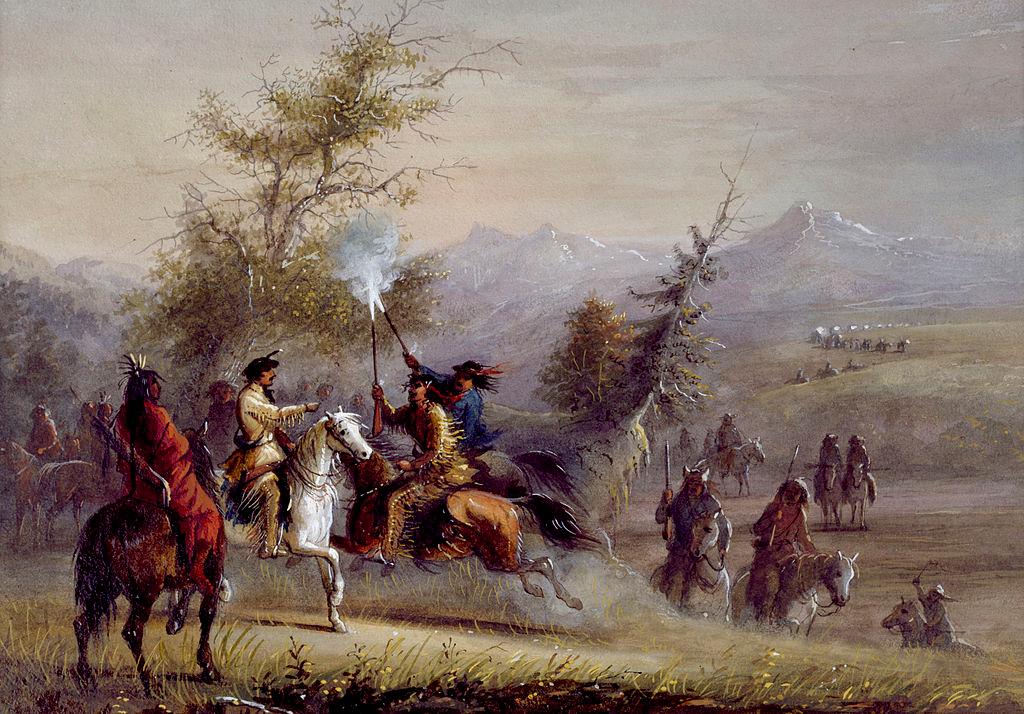Among those to best exemplify the traits of fortitude, determination, and resilience so valued by Americans are the mountain men of the West. These men, such as Kit Carson, James Beckwourth, John Jeremiah Garrison Johnston, and Jim Bridger, sought a living trapping beaver in the Rocky Mountains starting in the 1820s. They lived to see their exploits heavily mythologized and the stories of their lives transformed into legends that exemplify these traits. A stunning example of these is the story of Hugh Glass.
A Terrible Attack
By the summer of 1823, Hugh Glass was a guide for Capt. Andrew Henry’s Rocky Mountain Fur Company, which was attempting to establish fur trading outposts in the northwest region of what was then Louisiana Territory but what is now the Dakotas, northern Wyoming, and southeastern Montana. Before taking up the life of a beaver trapper, Glass had been a sailor, a reluctant pirate under the infamous captain Jean Lafitte, and an adopted member of the Pawnee Nation. In August 1823, he was around 40 years old and had a reputation as a formidable hunter and tracker.While stalking game far ahead of Capt. Henry and the rest of his trappers, Glass had the misfortune to encounter two grizzly bear cubs along the banks of the Grand River in what would become northwestern South Dakota. As any experienced frontiersman knew, where there were cubs, the mother was certain to be nearby. Sure enough, an enraged female grizzly charged from the underbrush along the riverbank. Glass got off one shot from his Kentucky long rifle before the bear piled into him, knocking him to the ground and ferociously mauling his upper body.




